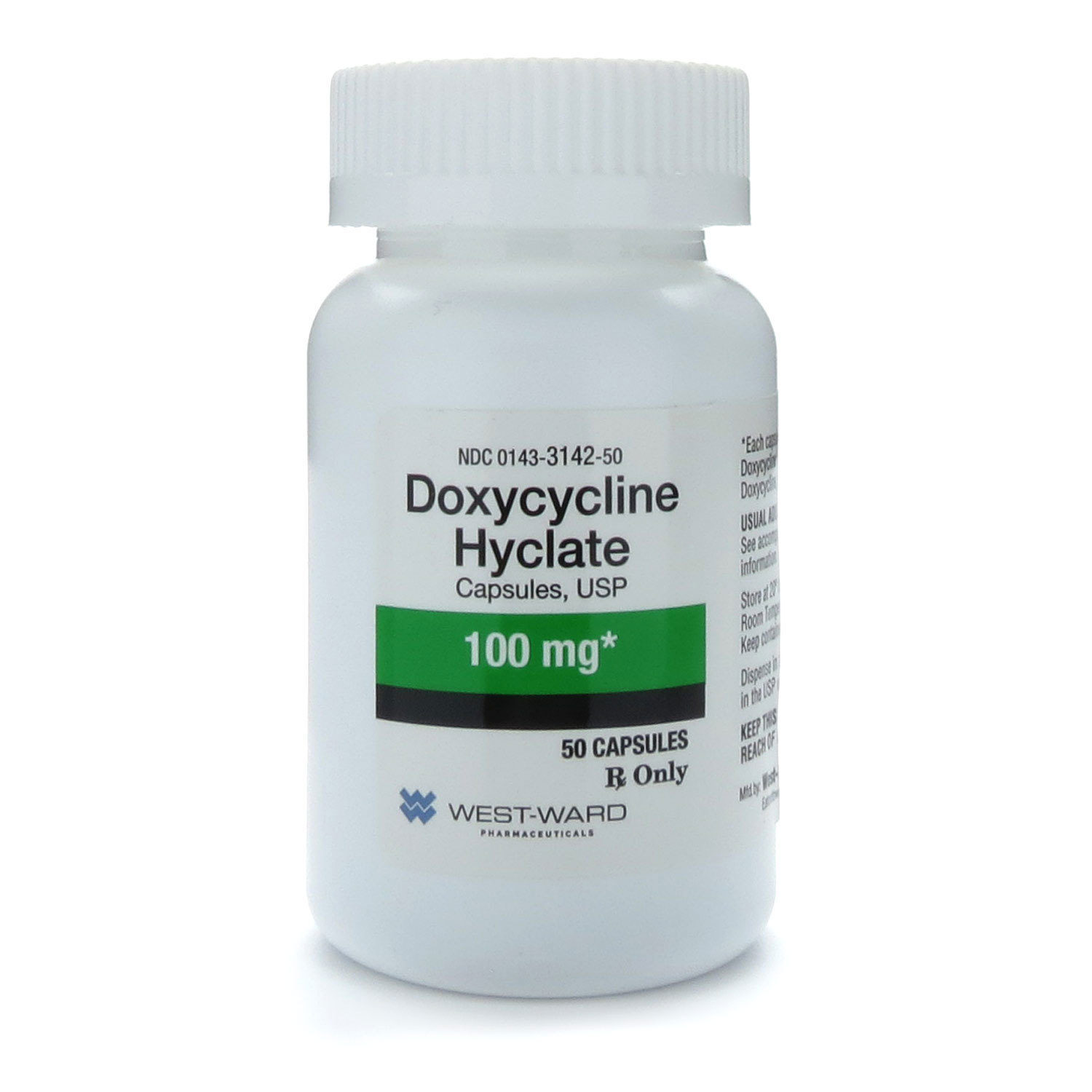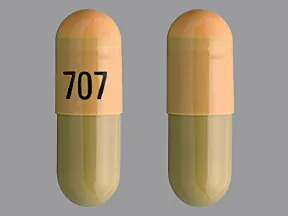
Table 1: Susceptibility Test Interpretive Criteria for Doxycycline and Tetracycline Bacteria* The disk diffusion interpretive criteria are provided in Table 1.įor anaerobic bacteria, the susceptibility to doxycycline can be determined by a standardized test method.ġ,5 The MIC values obtained should be interpreted according to the criteria provided in Table 1 The zone size should be determined using a standardized test method.ġ,3,4 This procedure uses paper disks impregnated with 30 mcg doxycycline to test the susceptibility of microorganisms to doxycycline. Quantitative methods that require measurement of zone diameters can also provide reproducible estimates of the susceptibility of bacteria to antimicrobial compounds. The MICs should be determined using a standardized test method (broth and/or agar).ġ, 2, 4, 6, 7 The MIC values should be interpreted according to criteria provided in Table 1. These MICs provide estimates of the susceptibility of bacteria to antimicrobial compounds. Quantitative methods are used to determine antimicrobial minimum inhibitory concentrations (MICs). These reports should aid the physician in selecting the most effective antimicrobial. In vitro susceptibility test results for antimicrobial drugs used in local hospitals and practice areas as periodic reports that describe the susceptibility profile of nosocomial and community-acquired pathogens. When available, the clinical microbiology laboratory should provide cumulative reports of Doxycycline has bacteriostatic activity against a broad range of Gram-positive and Gram-negative bacteria.Ĭross resistance with other tetracyclines is common.ĭoxycycline has been shown to be active against most isolates of the following microorganisms, both No clinically significant differences in CL between oral and IV dosing was observed in the small cohort of pediatric patients who received the oral (N = 19) or IV (N = 21) formulation alone.ĭoxycycline inhibits bacterial protein synthesis by binding to the 30S ribosomal subunit. In pediatric patients weighing >45 kg, no clinically significant differences in body weight normalized doxycycline CL were observed between those ≥2 to ≤8 years (0.050 L/kg/h, N = 1) and those >8 to 18 years of age (0.044 L/kg/h, N = 25). For pediatric patients weighing ≤45 kg, body weight normalized doxycycline CL in those ≥2 to ≤8 years of age (median 0.071 L/kg/h, N = 10) did not differ significantly from those >8 to 18 years of age (0.081 L/kg/h, N = 8). Population pharmacokinetic analysis of sparse concentration-time data of doxycycline following standard of care intravenous and oral dosing in 44 pediatric patients (2 to 18 years of age) showed that allometrically-scaled clearance (CL) of doxycycline in pediatric patients ≥2 to ≤8 years of age (median 3.58 L/h/70 kg, N = 11) did not differ significantly from pediatric patients >8 to 18 years of age (3.27 L/h/70 kg, N = 33).

Hemodialysis does not alter serum half-life. Studies have shown no significant difference in serum half-life of doxycycline (range 18 to 22 hours) in individuals with normal and severely impaired renal function. This percentage excretion may fall as low as 1 to 5%/72 hours in individuals with severe renal insufficiency (creatinine clearance below 10 mL/min). Doxycycline is virtually completely absorbed after oral administration.įollowing a 200 mg dose of doxycycline monohydrate, 24 normal adult volunteers averaged the following serum concentration values: Time (hr):Įxcretion of doxycycline by the kidney is about 40%/72 hours in individuals with normal function (creatinine clearance about 75 mL/min). They are concentrated by the liver in the bile and excreted in the urine and feces at high concentrations in a biologically active form. Tetracyclines are readily absorbed and are bound to plasma proteins in varying degrees. The edible printing ink contains black iron oxide, potassium hydroxide, propylene glycol, and shellac. In addition, each capsule contains the following inactive ingredients: colloidal silicon dioxide, magnesium stearate, microcrystalline cellulose, and sodium starch glycolate. Doxycycline will not degrade into an epianhydro form.Įach capsule for oral administration contains doxycycline monohydrate, USP equivalent to 50 mg, 75 mg or 100 mg of doxycycline. It is highly stable in normal human serum.

The chemical designation of the yellow crystalline powder is 4-(Dimethylamino)-1,4,4a,5,5a,6, 11,12a-octahydro-3,5,10,-12,12a-pentahydroxy-6-methyl-1,11-dioxo-2-naphthacene-carboxamide monohydrate.ĭoxycycline has a high degree of lipid solubility and a low affinity for calcium binding. Doxycycline capsules, USP 100 mg, 75 mg, and 50 mg contain doxycycline monohydrate, USP equivalent to 100 mg, 75 mg, or 50 mg of doxycycline for oral administration. Doxycycline is a broad-spectrum antibacterial synthetically derived from oxytetracycline.


 0 kommentar(er)
0 kommentar(er)
